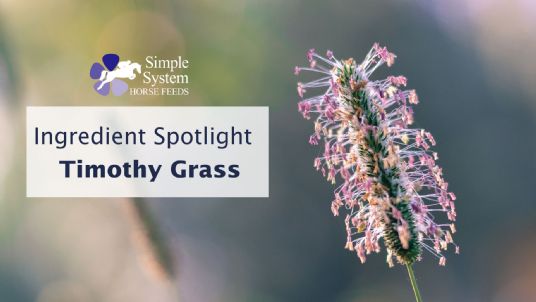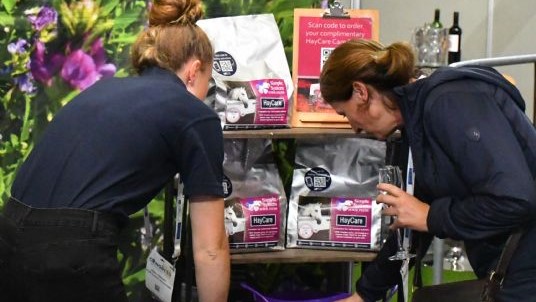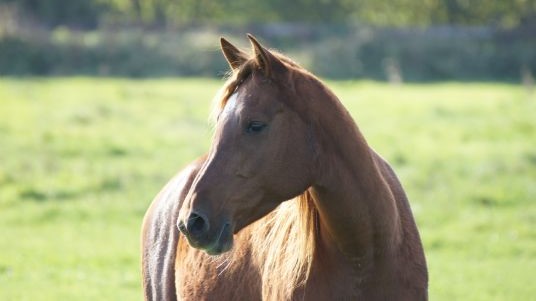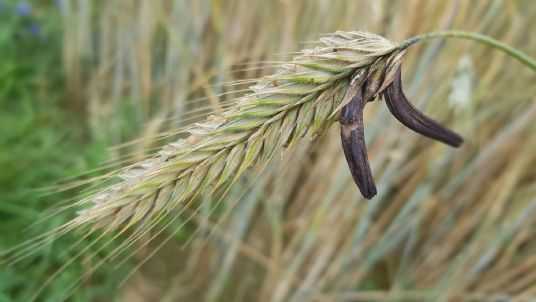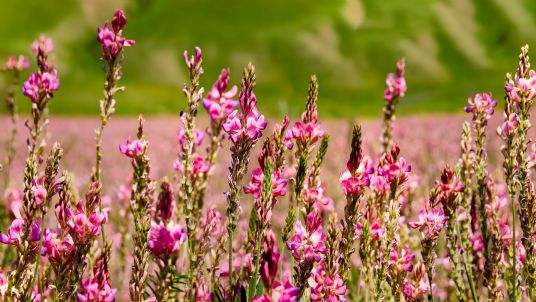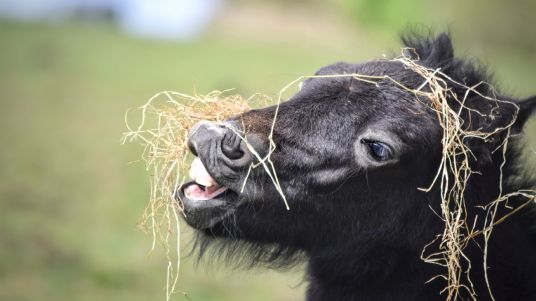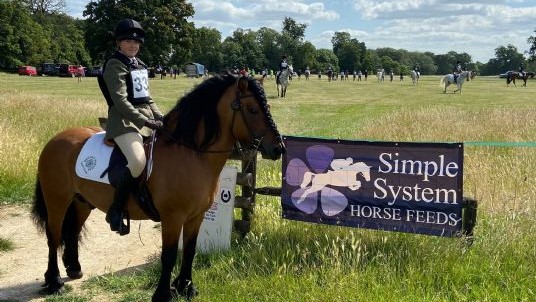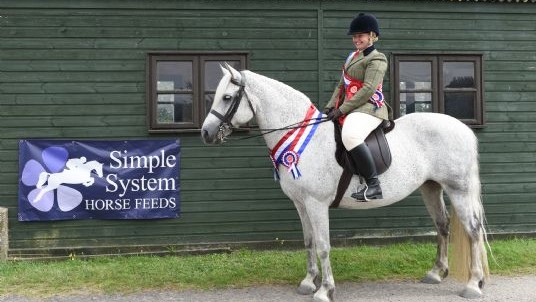HayCare Ingredient Spotlight: Timothy Grass
HayCare, is our best selling hay replacer for horses - made from premium high fibre Timothy grass. HayCare is 100% Timothy grass, with nothing else added. This means, like all Simple System's Feeds, it is free from molasses, straw, cereals and their by-products, soya, additives and preservatives.
Native to Europe, Timothy grass (Phleum pratensis) can grow over 1m tall and is distinctly characterised by its long flowerhead. It flowers from June until September, turning a purple colour as it matures.
Timothy grass has excellent nutritional value for horses and is commonly used to make hay. The Timothy used to make our HayCare is grown specifically for us. It is tested to ensure that sugar levels are suitably low and the feed value correct. Through careful management of harvesting date and time, our grower is able to achieve naturally low sugar and starch levels, making HayCare suitable for all horses, including those with metabolic issues.
